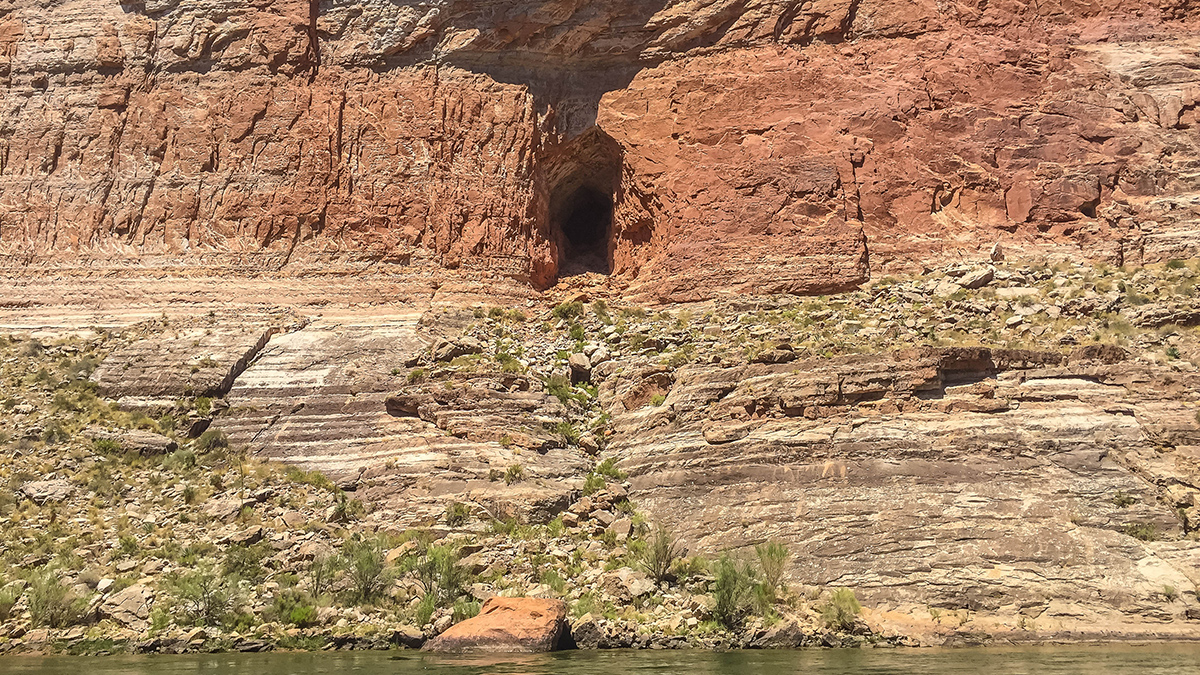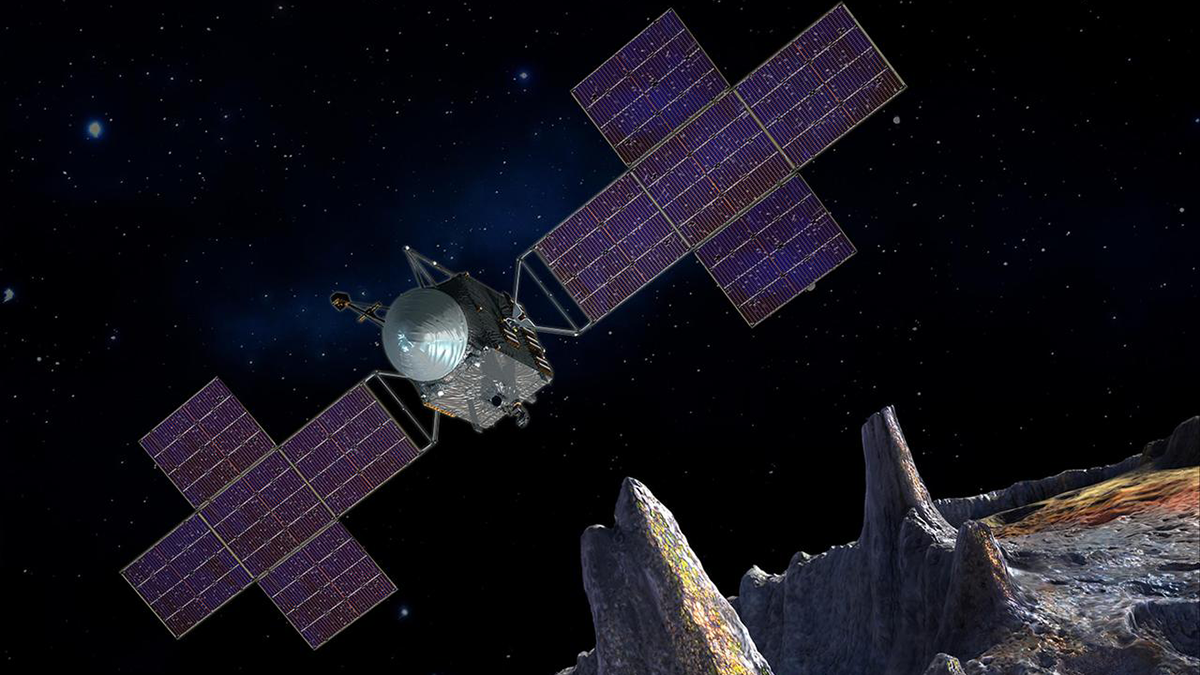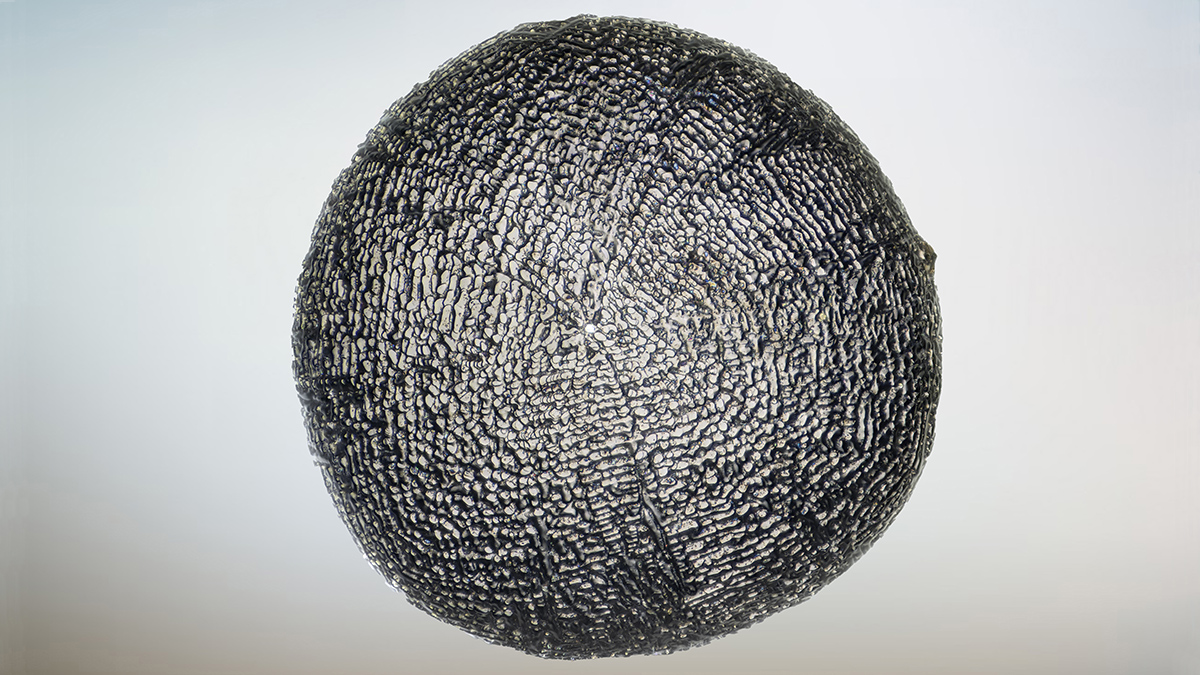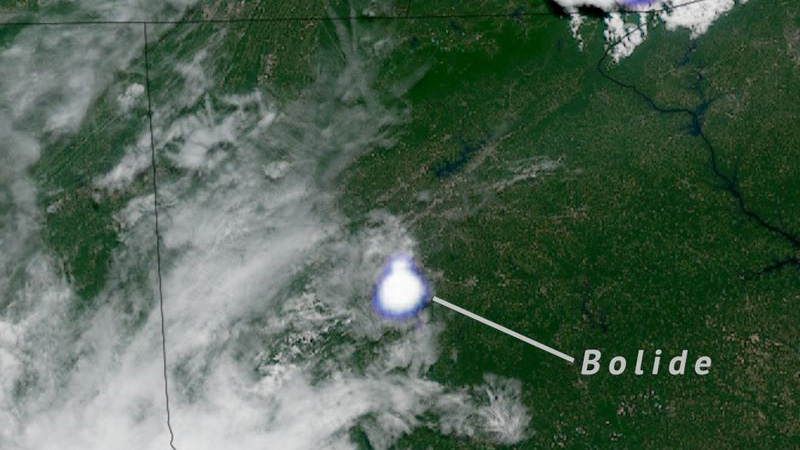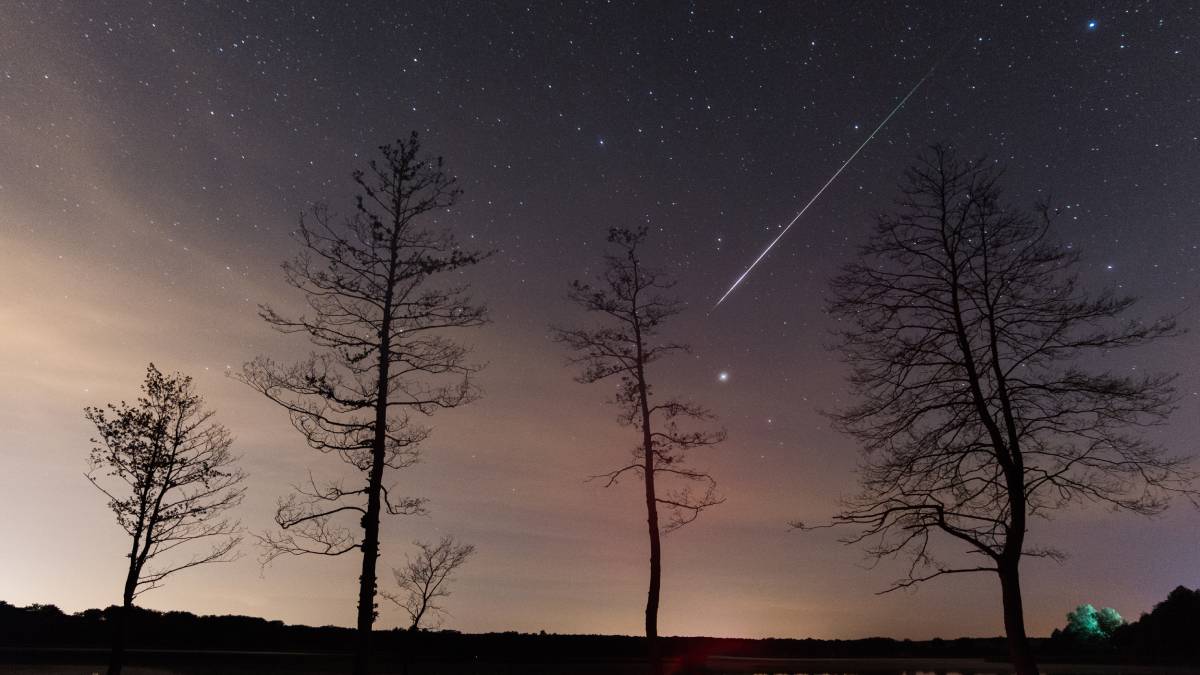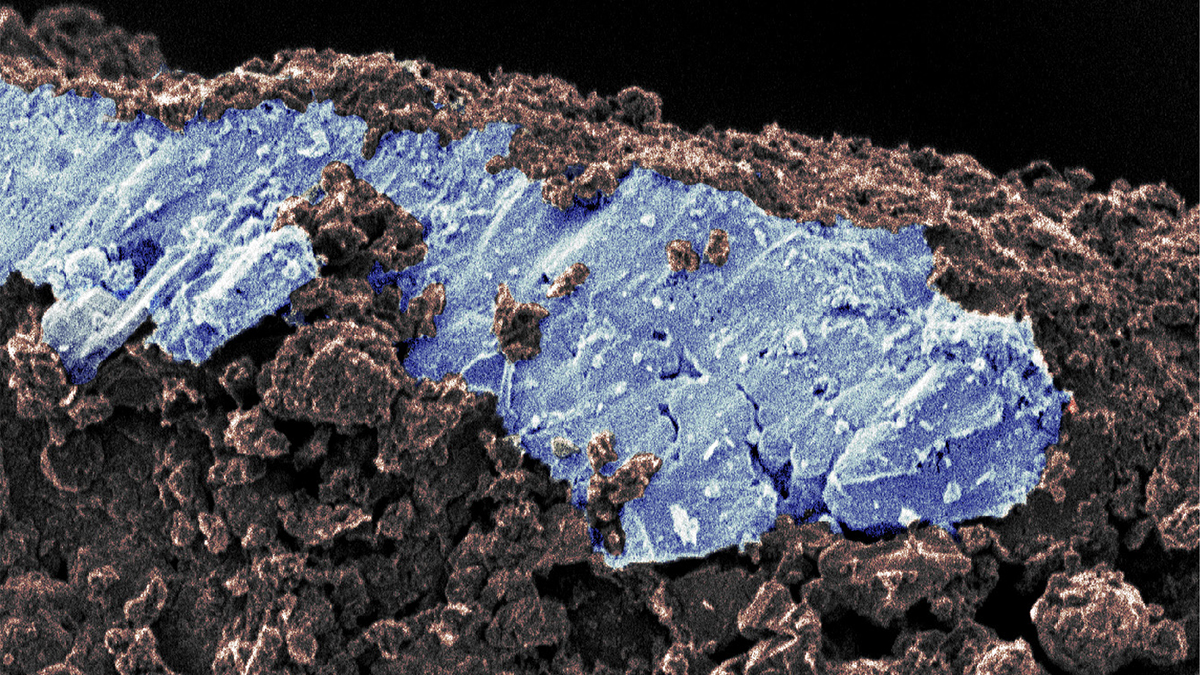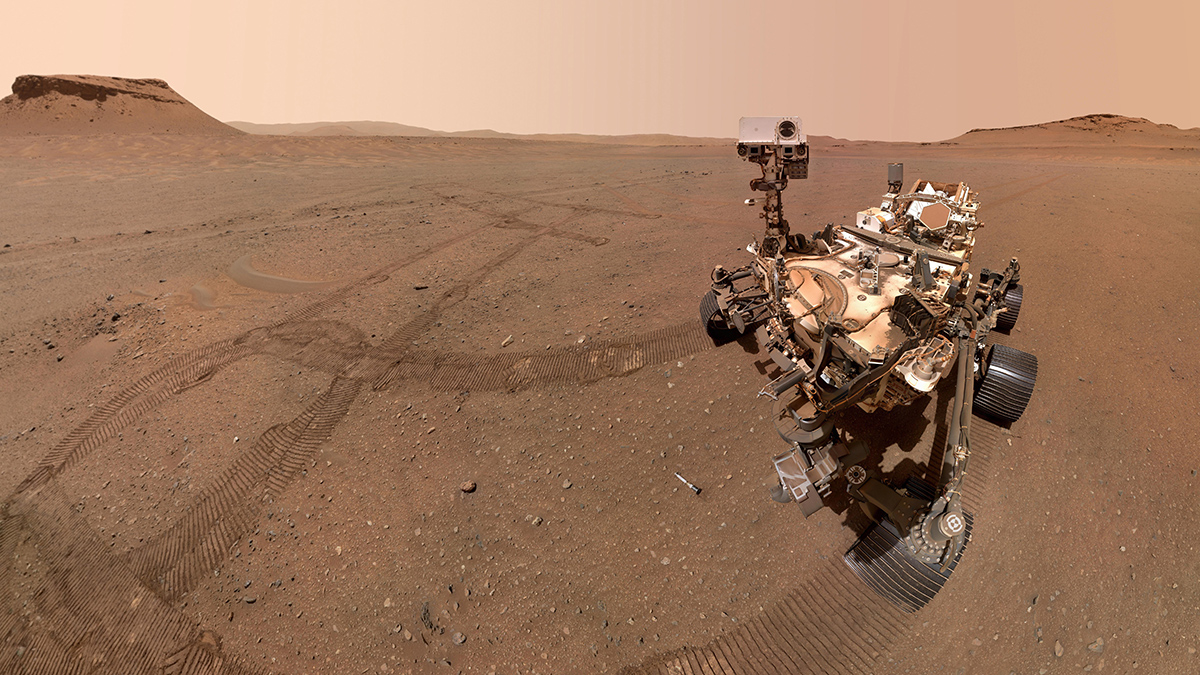There’s remarkable synchronicity between the timing of a paleolake in what is today Grand Canyon National Park and the formation of nearby Barringer Meteorite Crater.
meteors & meteorites
Are There Metal Volcanoes on Asteroids?
Upcoming NASA observations may reveal whether ferrovolcanism shaped 16 Psyche’s metallic surface and hidden interior.
Fossilized Micrometeorites Record Ancient CO2 Levels
A cadre of iron-rich extraterrestrial particles picked up faint whiffs of our planet’s atmosphere when they fell to Earth millions of years ago.
Fireball Passes Over Southeastern United States
It’s a bird! It’s a plane! It’s… a bolide!
A Geologic Map of the Asteroid Belt
Scientists leveraged a global camera network and doorbell cameras to track dozens of meteorites to their asteroid families.
Asteroid Samples Suggest a Solar System of Ancient, Salty Incubators
The discovery of salty mineral evaporites on Ryugu indicates that watery environments may have been widespread in the early solar system.
Magnetic Meteorites May Explain How the Solar System Assembled
Faint magnetic properties in primitive asteroid fragments suggest an early magnetic field strong enough to shepherd the growth of the outer planets.
Meteorite Sheds Light on the Moon’s Impact History
Analysis has revealed the South Pole–Aitken basin is significantly older than other impact basins on the Moon, a finding that has implications for the evolution of the early solar system.
Martian Meteorite Points to Ancient Hydrothermal Activity
The Red Planet had water—in the form of a hydrothermal system—4.45 billion years ago, new analyses of a Martian meteorite suggest.
El pasado, presente y futuro de traer muestras extraterrestres
La obtención de muestras de cuerpos distantes del sistema solar ha revolucionado nuestra comprensión del cosmos y del lugar que ocupamos en él.

